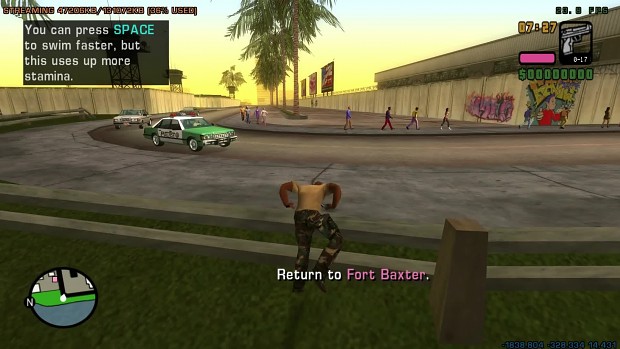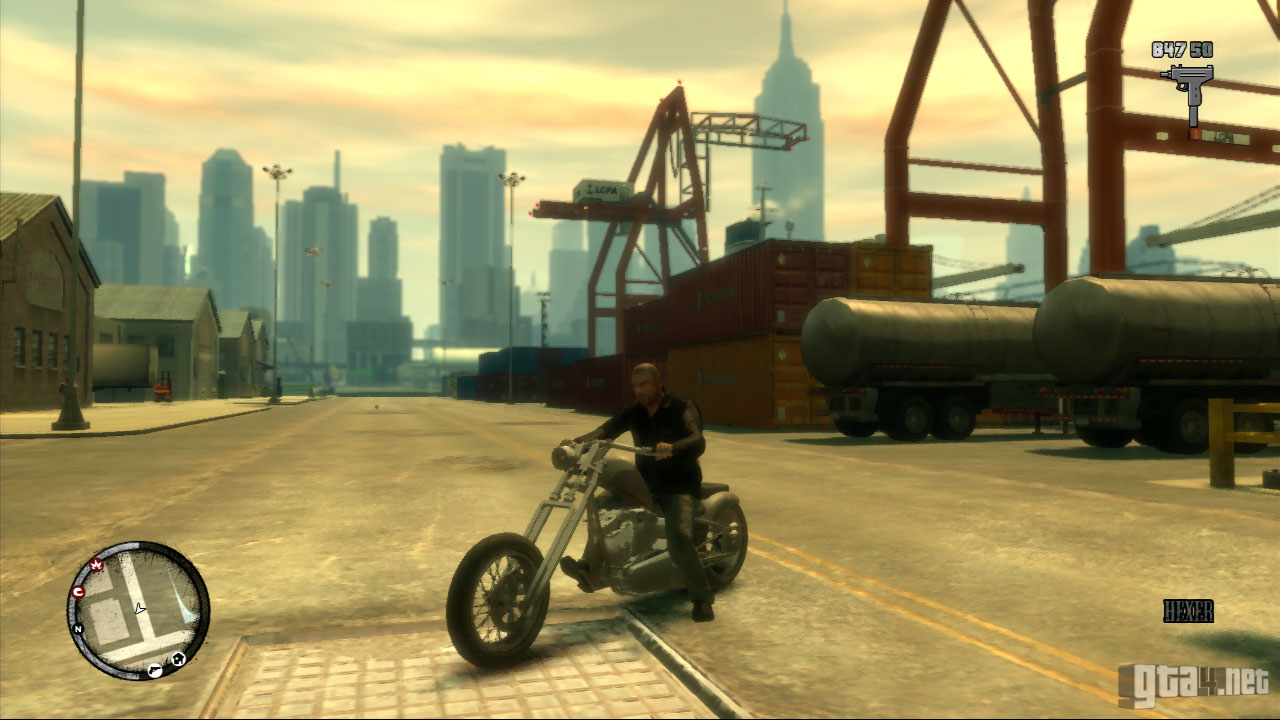Grand Theft Auto (1997)
Originally designed by DMA Design, the first Grand Theft Auto put the objectives into motion, requiring you to earn points throughout each of the three cities by completing tasks for the local crime syndicate. First GTA was quite agitated, but good fun, and its top-down (2D) overview of the world was, at the time, original. Rockstar expanded upon the series with a supplementary add-on, London, 1969, which released a couple of years later.
Grand Theft Auto 2 (1999)
This development followed a similar formula to the original, but this time you to work with different gangs, seven gangs all together. Grand Theft Auto 2 may not have been completely rewritten, but the improved visuals, sounds and structure made it an amazing game back in 1999.
Deciding to experiment with episodic game-play, Rockstar only released two such episodes of Liberty City GTA. The Lost and the dammed was the first such game, an DLC that had players running around Liberty City as Jhonny Klebitz, a biker in a gang with a shady past.
Grand Theft Auto 3 (2001)
Back in 2001, Sandbox games were their roots, but with titles such as Urban Chaos and Omikron : The Nomad Soul attempting to create a larger environment within which to explore and fight.
But Grand Theft Auto 3 nailed the formula perfectly to make sandbox games a genre worth exploring and investing in. Going from 2D to 3D, this was an entry in the franchise that had a story worth pursuing. A new graphical engine made the game popped, professional voice actors helped carry the story and there was always something new to discover.
GTA 3 may not have been the first of its kind, but it did rise the popularity of SandBox genre games.
Grand Theft Auto Vice City (2002)
With GTA 3 as a runaway success, Rockstar could do whatever they wanted with the franchise and still make tons of cash. Fortunately, they decided to keep the fun factor intact as they took players back in time, taking a jump back to the 1980's.
This time, players had a better connection to their onscreen avatar Tommy Vercetti, as they bough property, wore pastel suits and indulged in a world that expanded upon and refined the GTA experience.
Grand Theft Auto San Andreas (2004)
Once again Jumping back in time, Rockstar choose Los Angeles for the streets of San Andreas. Bolder, better, bigger than ever, San Andreas had players in charge of their character in this outing.
Player had to eat, chill and work out in order to stay alive, a gameplay idea that reflected on lead character Carl Johnson a.k.a. CJ. Carl Johnson could be a maniac with muscles or a fat guy with a short temper, as San Andreas raised the bar yet again for the franchise.
Player had to eat, chill and work out in order to stay alive, a gameplay idea that reflected on lead character Carl Johnson a.k.a. CJ. Carl Johnson could be a maniac with muscles or a fat guy with a short temper, as San Andreas raised the bar yet again for the franchise.
Grand Theft Auto Liberty City Stories (2005)/ Vice City Stories (2006)
Liberty City Stories brought the full GTA experience to the PlayStation Portable, as gamer's got to walk through Liberty City once again, this time in the shoes of Italian mobster Tony Cipriani.
It was like playing the original game all over again, only this time in your hands as the trademark violence and 3D style of the franchise made a helluva splash on the PSP, before being ported over to the PlayStation 2.
Vice City Stories was a Vice city remake, a tweak here and there, a new lead character with Vince Vance who was an ex-war veteran taking over the city and players could enjoy the streets if Miami Vice.
Vice City Stories was a Vice city remake, a tweak here and there, a new lead character with Vince Vance who was an ex-war veteran taking over the city and players could enjoy the streets if Miami Vice.
Grand Theft Auto IV (2008)
GTA IV is set in Liberty City. It was the first GTA game to be released simultaneously for the PS3 and Xbox 369 consoles. Game takes place in a redesigned Liberty City, which bears a much closer resemblance to New York City thank its 3D counterparts. The onscreen avatar is Niko Bellic, a 30 year old Yugoslavian war veteran.
Grand Theft Auto The Lost and the damned (2009)
Deciding to experiment with episodic game-play, Rockstar only released two such episodes of Liberty City GTA. The Lost and the dammed was the first such game, an DLC that had players running around Liberty City as Jhonny Klebitz, a biker in a gang with a shady past.
Grand Theft Auto The Ballad of Gay Tony (2009)
Continuing with the episodic style of GTA content, the next game coming out of the GTA 4 stable would return a certain air of lunacy, craziness and all around insanity to the series. Colorful and charming, players took on missions for night club owner.
Rated higher thank the Lost and the damned, ballad of Gay Tony added all new activities to the game, with a story-line that allows players to focus on having more fun for a change instead of ending on a sad note.
Rated higher thank the Lost and the damned, ballad of Gay Tony added all new activities to the game, with a story-line that allows players to focus on having more fun for a change instead of ending on a sad note.
Grand Theft Auto V
The latest series of Grand Theft Auto is the 5th one, set within the fictional state of San Andreas, based on Southern California, the single-player story follows three criminals and their efforts to commit heists while under pressure from a government agency. The open world design lets players freely roam San Andreas open countryside and the fictional city of Los Santos, based on Los Angles.
The game is played from either a first-person or third-person view and its world is navigated on foot or by vehicle. Players control the three lead protagonists throughout single-player and switch between them both during and outside of missions. A 'wanted' system governs the aggression of law enforcement response to players who commit crimes.
GTA V also has an online option called Grand theft Auto Online, the online multiplayer mode, lets up to 30 players explore the open world and engage in cooperative or competitive game matches.


































